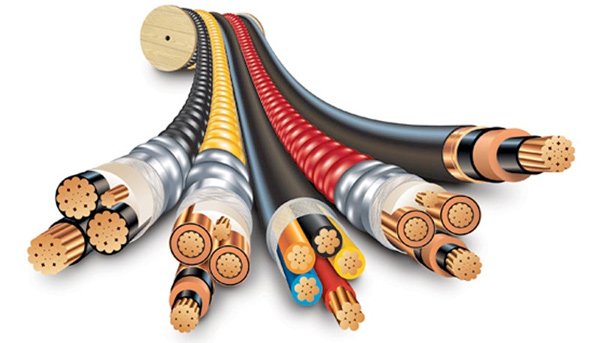The two methods of transmitting or distributing power are via an overhead system or through underground cables.
The two methods of transmitting or distributing power are via an overhead system or through underground cables. An electrical power cable is a cable that’s used for transmission and distribution of electrical energy. Mostly, electrical power cables are installed as permanent wiring within buildings, where they may be overhead, exposed, or even buried in the ground.
A power cable has two or more electrical conductors that are individually insulated, and held together by a sheath that covers them fully. These cables are used mainly for transmitting extra high voltages where it is impractical to use overhead lines, for example, airfield crossings, seas, etc. Power cables have three main components – sheath, dielectric, and conductor. The others are bedding, and beading or armoring (if needed). In case of multi-core cables, there is another component – LAY.
A drawback of these cables is that for the same voltage the underground cable is far more expensive than the aerial one. Most manufacturers make these cables as per the following:
• The voltage and the current that would pass through them
• The maximum operating temperature
• Purpose of application
Let us understand how these cables are designed for specific purposes. In case the cables are to be used for mining, they are given extra mechanical strength and double armoring to save them from stress and pressure. In case of wind power plants, the requirement is usually for flexible cables that also have UV protection, and they are made keeping these specifications in mind, and are made with a tougher sheath.
Underground cables are the sturdiest of the lot – they are invulnerable to damage caused by storms or lightning, have a better appearance, have low maintenance cost, fewer voltage drops, and minimal chances of faults.

